Related Research Articles
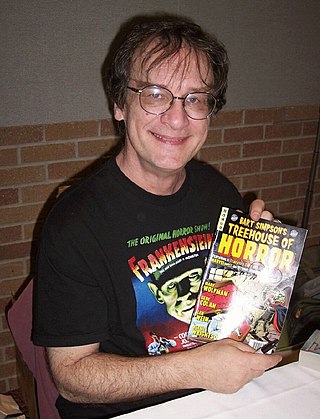
Bernard Albert Wrightson was an American artist, known for co-creating the Swamp Thing, his adaptation of the novel Frankenstein illustration work, and for his other horror comics and illustrations, which feature his trademark intricate pen and brushwork.
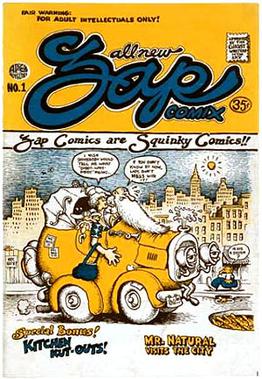
Underground comix are small press or self-published comic books that are often socially relevant or satirical in nature. They differ from mainstream comics in depicting content forbidden to mainstream publications by the Comics Code Authority, including explicit drug use, sexuality, and violence. They were most popular in the United States in the late 1960s and 1970s, and in the United Kingdom in the 1970s.
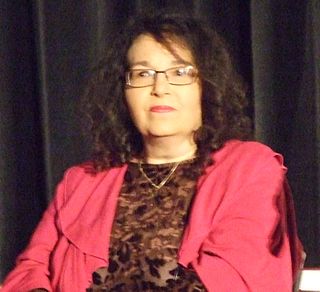
Melinda Gebbie is an American comics artist and writer, known for her participation in the underground comix movement. She is also known for creating the controversial work Fresca Zizis and her contributions to Wimmen's Comix, as well as her work with her husband Alan Moore on the three-volume graphic novel Lost Girls and the Tomorrow Stories anthology series.
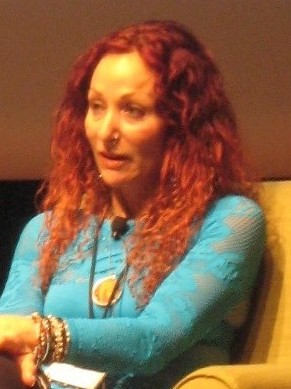
Aline Kominsky-Crumb was an American underground comics artist. Kominsky-Crumb's work, which is almost exclusively autobiographical, is known for its unvarnished, confessional nature. In 2016, ComicsAlliance listed Kominsky-Crumb as one of twelve women cartoonists deserving of lifetime achievement recognition. She was married to cartoonist Robert Crumb, with whom she frequently collaborated. Their daughter, Sophie Crumb, is also a cartoonist.

Last Gasp is a San Francisco–based book publisher with a lowbrow art and counterculture focus. Owned and operated by Ron Turner, for most of its existence Last Gasp was a publisher, distributor, and wholesaler of underground comix and books of all types.
Roberta Gregory is an American comic book writer and artist best known for the character Bitchy Bitch from her Fantagraphics Books series Naughty Bits. She is a prolific contributor to many feminist and underground anthologies, such as Wimmen's Comix and Gay Comix.

Wimmen's Comix, later retitled (respelled) as Wimmin's Comix, is an influential all-female underground comics anthology published from 1972 to 1992. Though it covered a wide range of genres and subject matters, Wimmen's Comix focused more than other anthologies of the time on feminist concerns, homosexuality, sex and politics in general, and autobiographical comics. Wimmen's Comix was a launching pad for many cartoonists' careers, and it inspired other small-press and self-published titles like Twisted Sisters, Dyke Shorts, and Dynamite Damsels.

Trina Robbins is an American cartoonist. She was an early participant in the underground comix movement, and one of the first female artists in that movement. She is a member of the Will Eisner Hall of Fame.
Rory Hayes was an American underground cartoonist in the late 1960s and early 1970s. His comics were drawn in an expressionistic, primitivist style and usually dealt with grim subject matter such as paranoia, violent crime, and drug abuse. In addition to his own titles, Bogeyman and Cunt Comics, he was published in many of the most prominent comics in the underground scene, including Bijou Funnies and Arcade.

Lee Marrs is an American cartoonist and animator, and one of the first female underground comix creators. She is best known for her comic book series The Further Fattening Adventures of Pudge, Girl Blimp, which lasted from 1973 to 1977.

Diane Robin Noomin was an American comics artist associated with the underground comics movement. She is best known for her character DiDi Glitz, who addresses transgressive social issues such as feminism, female masturbation, body image, and miscarriages.
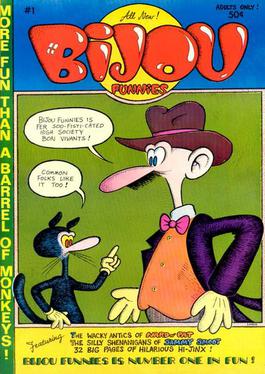
Bijou Funnies was an American underground comix magazine which published eight issues between 1968 and 1973. Edited by Chicago-based cartoonist Jay Lynch, Bijou Funnies featured strong work by the core group of Lynch, Skip Williamson, Robert Crumb, and Jay Kinney, as well as Art Spiegelman, Gilbert Shelton, Justin Green, and Kim Deitch. Bijou Funnies was heavily influenced by Mad magazine, and, along with Zap Comix, is considered one of the titles to launch the underground comix movement.
Roger Brand was an American cartoonist who created stories for both mainstream and underground comic books. His work showed a fascination with horror and eroticism, often combining the two.

Tits & Clits Comix is an all-female underground comics anthology put together by Joyce Farmer and Lyn Chevli, published from 1972 to 1987. In addition to Farmer and Chevli, contributors to Tits & Clits included Roberta Gregory, Lee Marrs, and Trina Robbins.
Gary Edson Arlington was an American retailer, artist, editor, and publisher, who became a key figure in the underground comix movement of the 1960s and 1970s. As owner of one of America's first comic book stores, the San Francisco Comic Book Company, located in San Francisco's Mission District, Arlington's establishment became a focal point for the Bay Area's underground artists. He published comics under the name San Francisco Comic Book Company, as well as publishing and distributing comics under the name Eric Fromm. Cartoonist Robert Crumb has noted, "Gary made a cultural contribution in San Francisco in the late 1960s, through the '70s, '80s & '90s that was more significant than he realizes."
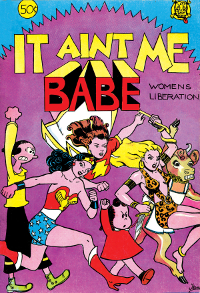
It Ain't Me Babe Comix is a one-shot underground comic book published in 1970. It is the first comic book produced entirely by women. It was co-produced by Trina Robbins and Barbara "Willy" Mendes, and published by Last Gasp. Robbins and other staff members from a feminist newspaper in Berkeley, California, also called It Ain't Me, Babe, contributed. Many of the creators from the It Ain't Me Babe comic went on to contribute to the long-running series Wimmen's Comix.
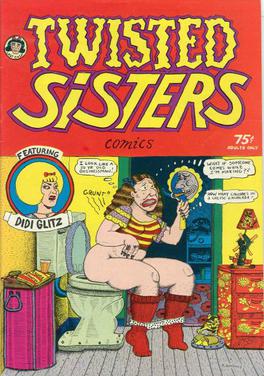
Twisted Sisters is an all-female underground comics anthology put together by Aline Kominsky and Diane Noomin, and published in various iterations. In addition to Kominsky and Noomin, contributors to Twisted Sisters included M. K. Brown, Dame Darcy, Julie Doucet, Debbie Drechsler, Mary Fleener, Phoebe Gloeckner, Krystine Kryttre, Carol Lay, Dori Seda, and Carol Tyler.
Willy Murphy was an American underground cartoonist. Murphy's humor focused on hippies and the counterculture. His signature character was Arnold Peck the Human Wreck, "a mid-30s beanpole with wry observations about his own life and the community around him." Murphy's solo title was called Flamed-Out Funnies; in addition, he contributed to such seminal underground anthologies as Arcade, Bijou Funnies, and San Francisco Comic Book, as well as the National Lampoon.
Barbara "Willy" Mendes is an American cartoonist, fine artist, and member of the underground comix movement. She is best known for her work alongside Trina Robbins on It Ain't Me Babe and All Girl Thrills. Although Mendes first created art under the name Willy, she later transitioned to the name Barbara.
Sharon Rudahl is an American comic artist, illustrator and writer. She was one of the first female artists who contributed to the underground comix movement of the early 1970's. In 1972, she was part of the women's collective that founded Wimmen's Comix, the first on-going comic drawn exclusively by women.
References
- 1 2 Cooke, Jon B. "Wrightson's Warren Days: Bernie Wrightson talks about his great b-&-w work," Comic Book Artist #4 (Spring 1999).
- ↑ Alverson, Brigid. "Comics A.M. | Artist Michele Wrightson passes away," Comic Book Resources (June 2, 2015).
- ↑ MacDonald, Heidi. RIP Michele Wrightson," The Beat (06/01/2015).
- ↑ Rosenkranz, Patrick. Rebel Visions: The Underground Comix Revolution 1963-1975 (Fantagraphics Books, 2002), p. 56.
- ↑ Edelman, Scott. "Michelle Wrightson 1941-2015," ScottEdelman.com (May 31, 2015).
- ↑ Young Lust #3 (Last Gasp, June 1972).
- ↑ Michelle Wrightson entry, Who's Who of American Comic Books, 1928–1999. Accessed Dec. 12, 2016.
- ↑ "Gone But Not Forgotten, 2015 Edition," A Dispensable List of Comic Book Lists (Dec. 20, 2015).